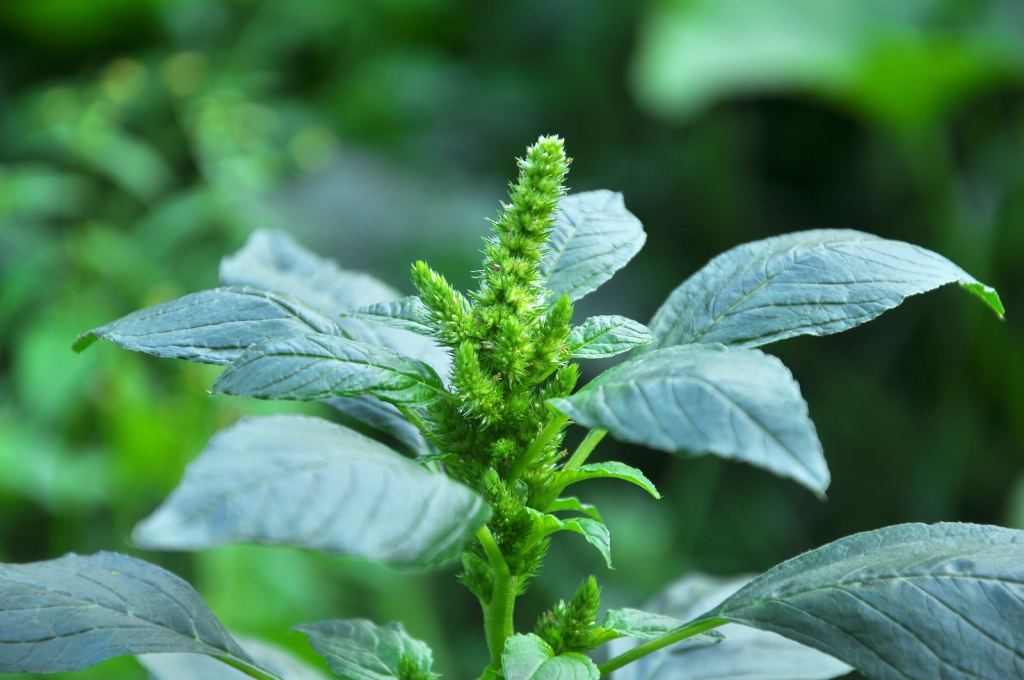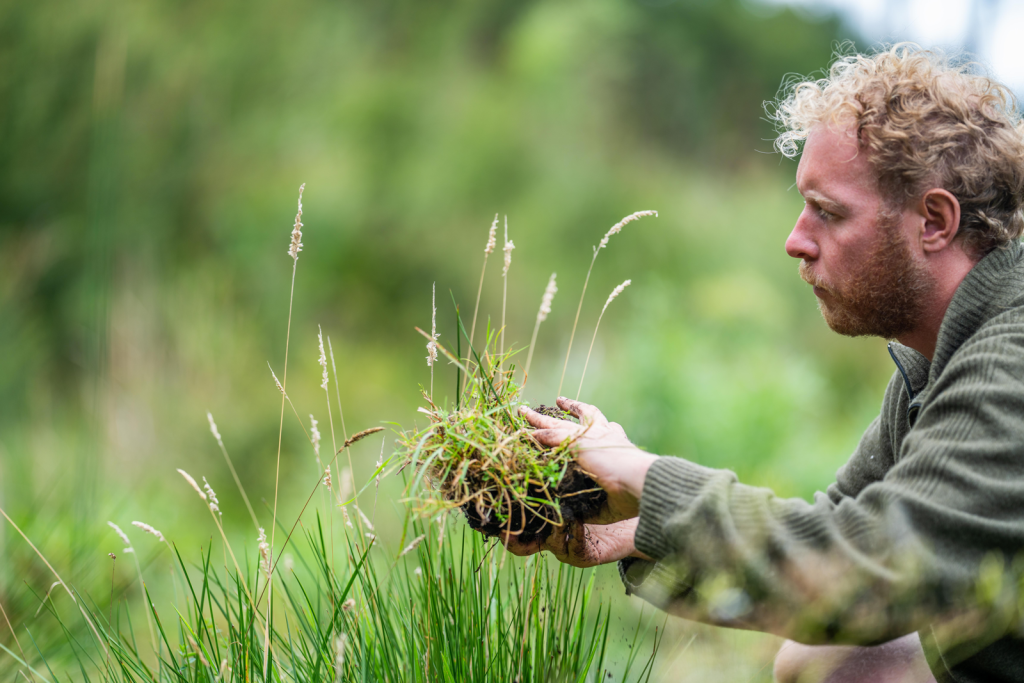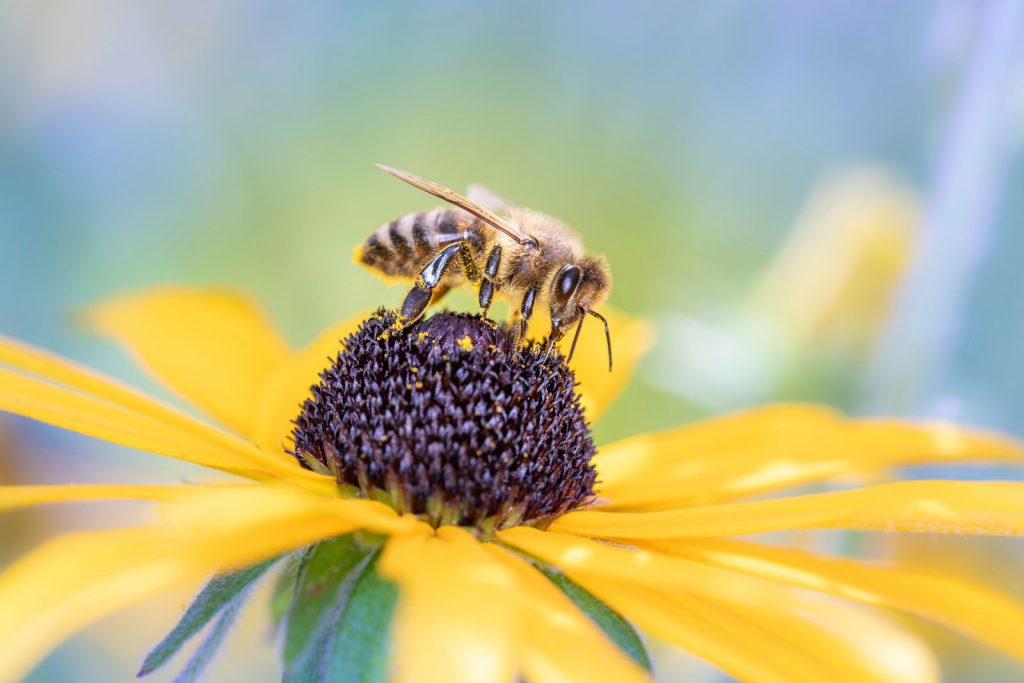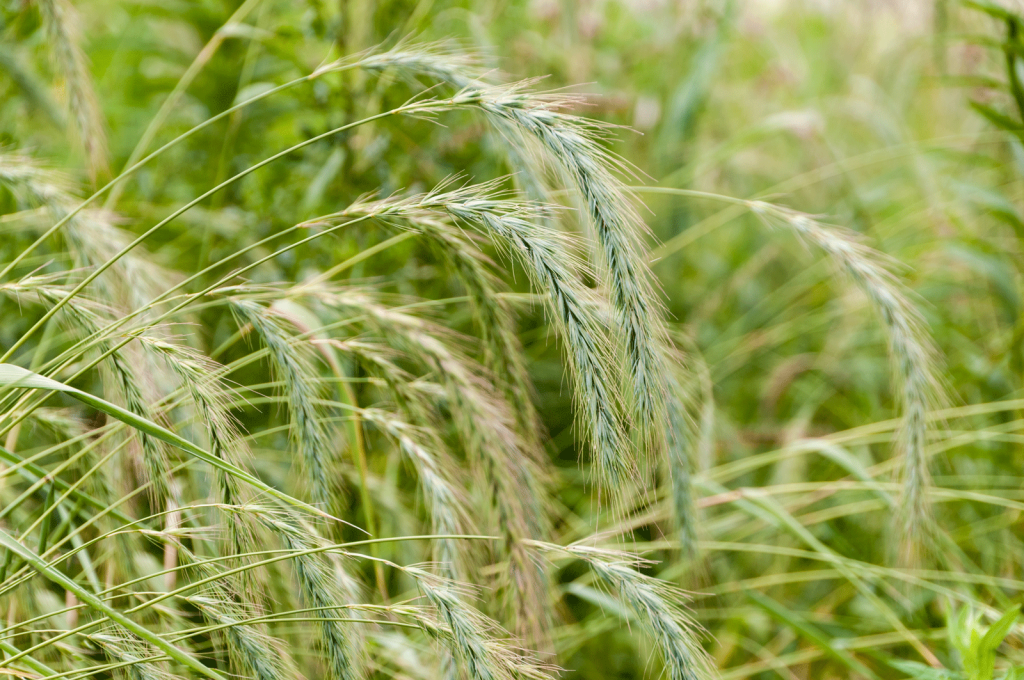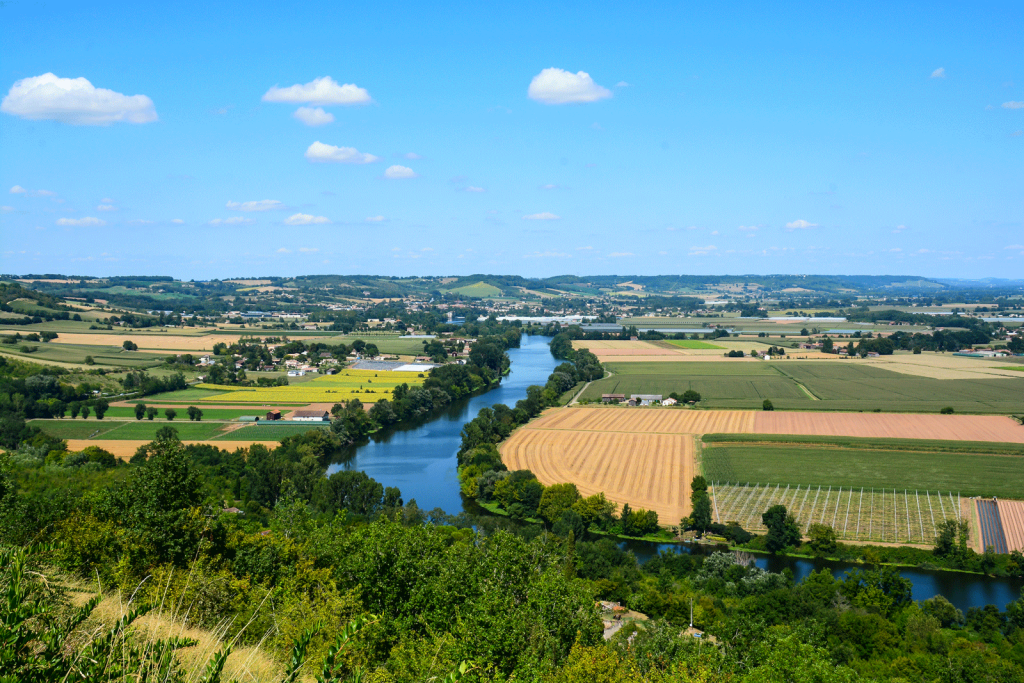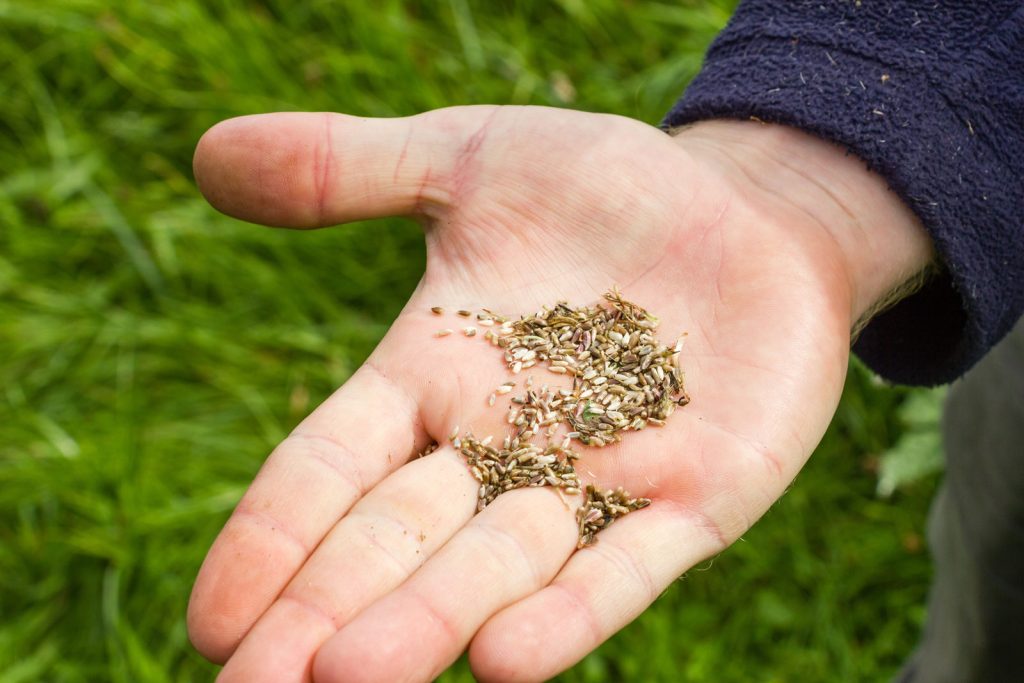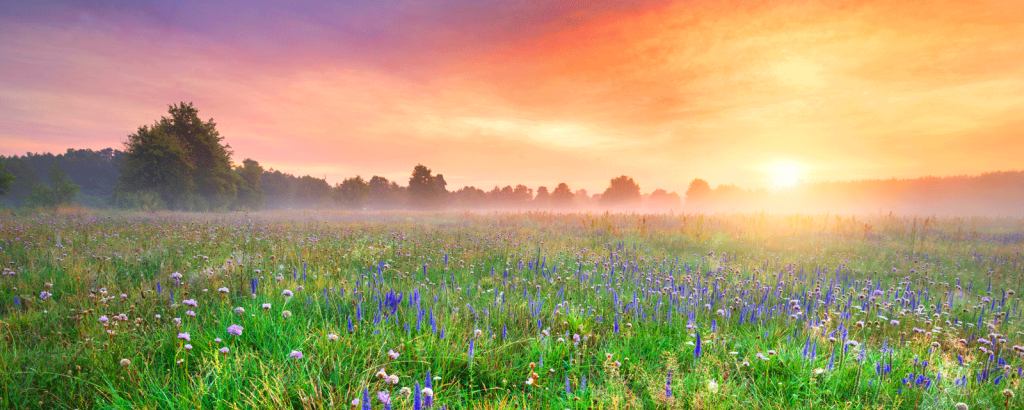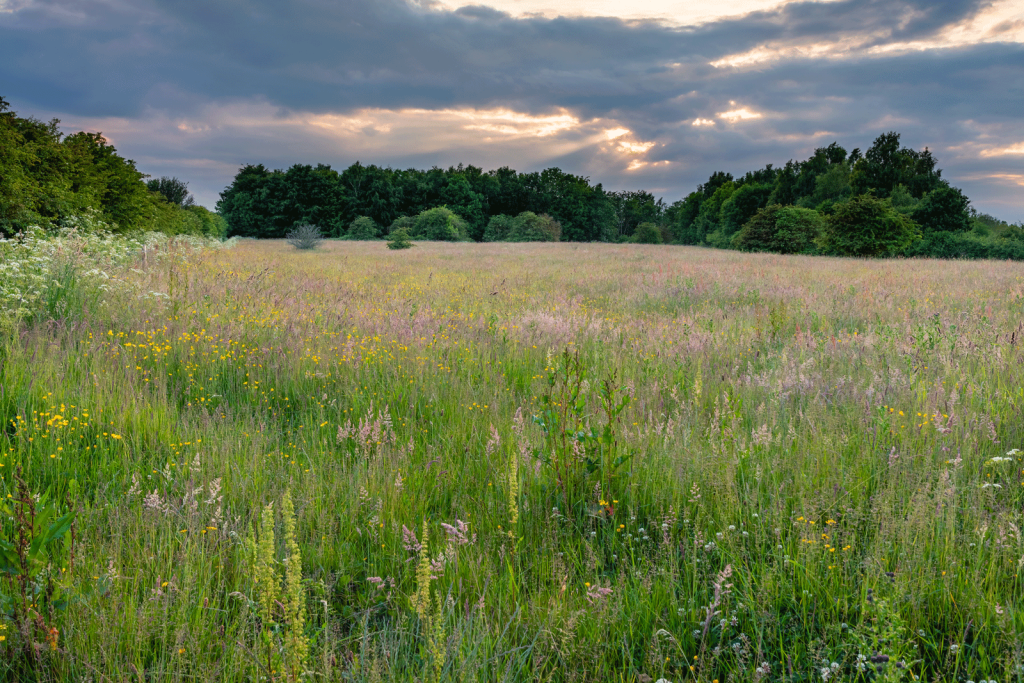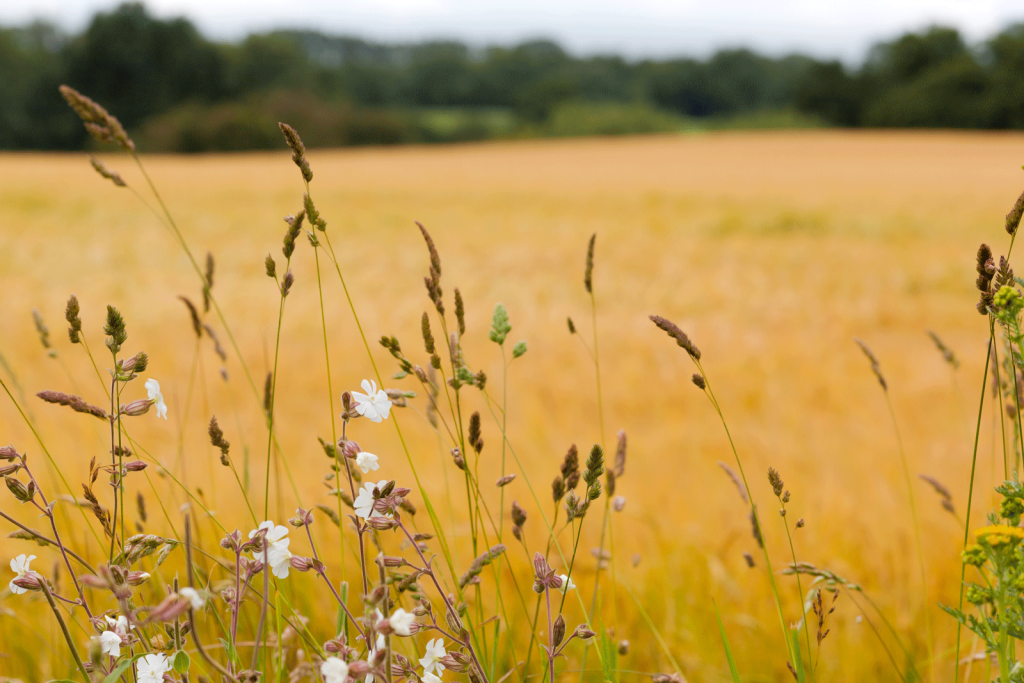Common Weeds in CRP Fields and How to Control Them
Identifying and Managing Invasive Species That Threaten Native Plantings The success of any Conservation Reserve Program (CRP) project depends on establishing strong, diverse stands of native vegetation. However, one of the most common threats to that success, particularly during the early stages of establishment, is the invasion of aggressive weeds. These opportunistic plants compete for […]
Common Weeds in CRP Fields and How to Control Them Read More »

